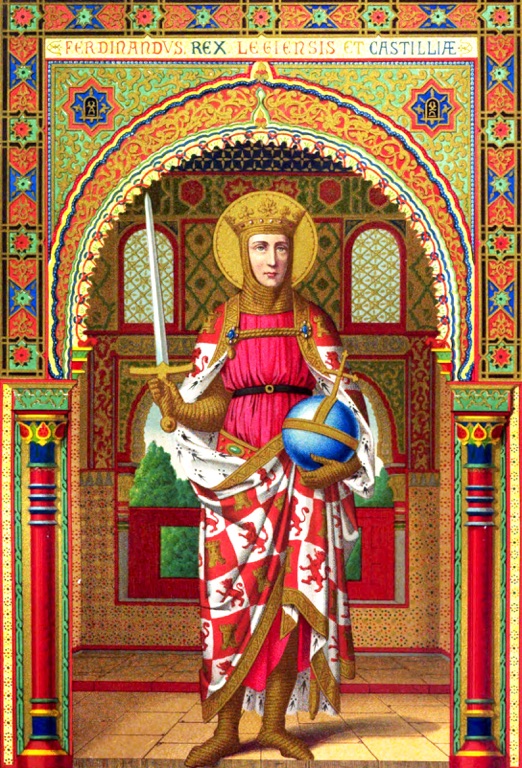Introduction: The Concept of the Middle Ages
The Middle Ages paints a picture of Europe between two significant periods in history. During the medieval period, European life went through profound transformations. Some call this era the Dark Ages due to the perceived lack of progress.
Get your dose of History via Email
Try our Medieval Name Generator
Yet, during the Middle Ages, seeds of change were sown. This time ushered in new art, culture, and knowledge. These elements set the stage for the Renaissance.
Many find the term ‘dark ages’ misleading now. It does not represent the era’s complexities and achievements. The medieval times spanned from the 5th to the 15th century. It encompassed a vast timeline that bridged ancient and modern history.
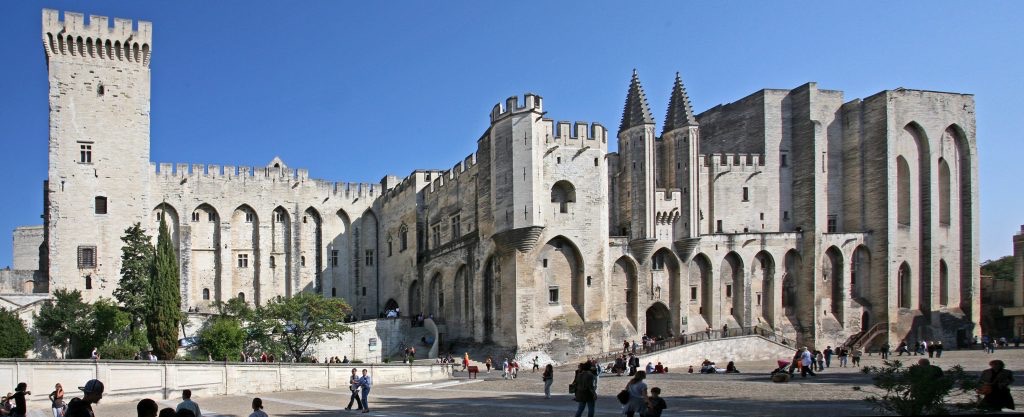
Exploring the various terms: medieval times, middle ages, dark ages
The terms medieval times, middle ages and dark ages often get used interchangeably. However, each phrase carries its historical weight.
The medieval era refers broadly to the time between the fall of Rome and the Renaissance. It’s a time often noted for medieval paintings and cultural development. Medieval meaning today invokes images of knights, castles, and feudal societies.
The Dark Ages commonly describe the earliest part of this era. It is the time just after the Roman Empire’s collapse.
Many believe it was a time of decline in learning and culture. However new research reveals growth in several areas during these centuries. The Middle Ages are thus a canvas of history, filled with more shades than just dark and light.
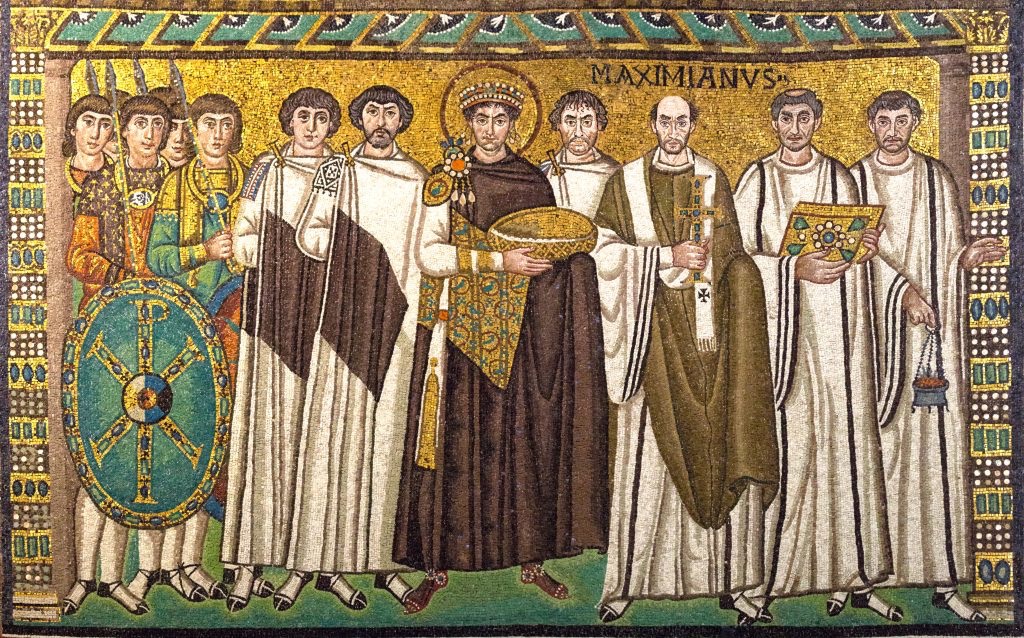
The time frame of the medieval period
The medieval period time, covering the 5th to the mid-15th century is a vast expanse of history. During this time, Europe saw a mix of turmoil and progress.
The early Middle Ages began in the 5th century after the fall of Rome. It lasted until the 9th century when transitions started to unfold. The high Middle Ages spanned from the 10th to the 13th century. This was when medieval Europe saw substantial growth in trade and the rise of cities.
The late Middle Ages, from the 14th century to the 15th century, faced challenges. Plagues and wars struck. Yet, it also saw the dawn of the Renaissance.
Each century within the medieval time period had its milestones. The timeline for the Middle Ages is rich with events that shaped the future of a continent.
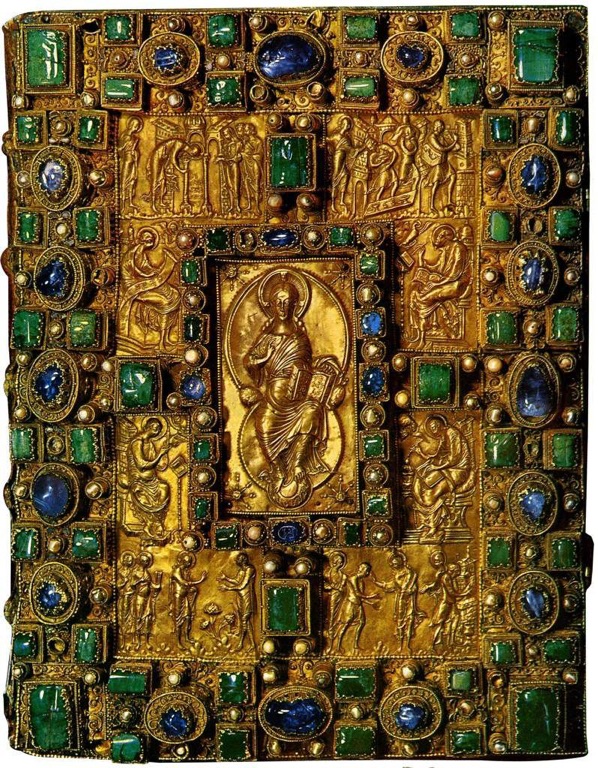
The Early Medieval Period (5th to 10th Century)
Transition from the Roman Empire to the early Middle Ages
The fall of the Roman Empire marked the start of the early medieval period. Power structures crumbled, and a new order began to emerge. This time saw kings and feudal lords gain power across Europe.
People lived in smaller, rural communities. They were very different from the bustling Roman cities. The shift wasn’t quick, but gradual. The ways of the old world faded as the medieval age’s culture took root.
This transition laid the groundwork for the entire medieval era. It was a foundation for the growth and change that would define Europe for centuries.
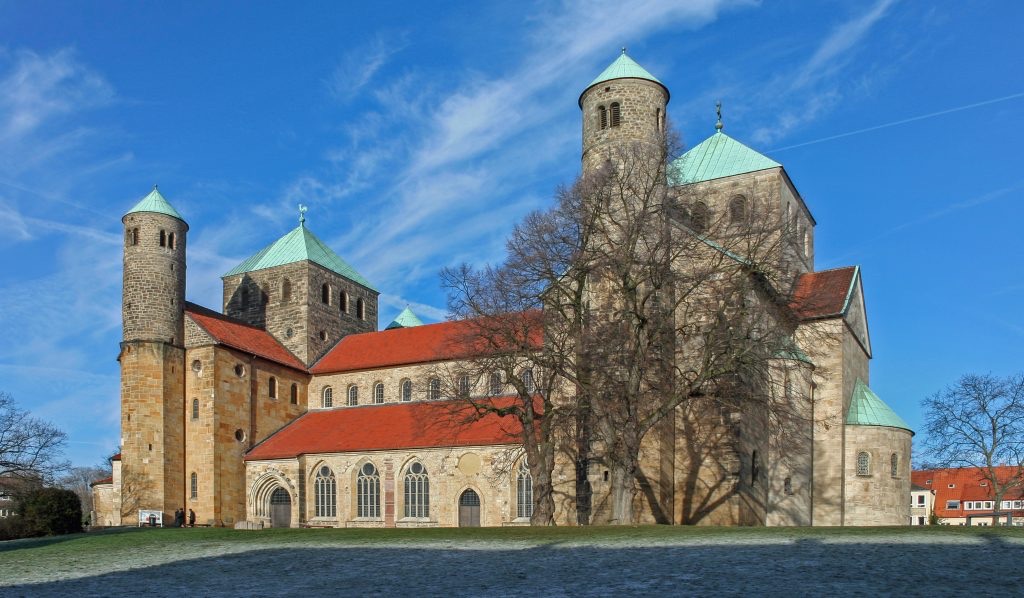
The term ‘Dark Ages’ and its validity
The early part of the medieval times is often dubbed the Dark Ages. But is this label fair?
Modern historians think it may not be. They argue that progress did not halt. Instead, it took on new forms. Monasteries preserved knowledge and became centers of learning. Artisans and craftsmen honed their skills, setting the stage for medieval art in later centuries.
The term ‘dark ages’ might imply a lack of light or progress. Yet, during these centuries, the groundwork for medieval Europe was laid. It was not so dark after all. There were advancements in agriculture, trade, and society that tell a story of adaptation and ingenuity.
As we dig into the medieval period’s timeline, it’s clear that the ‘Dark Ages’ were anything but stagnant. Changes were brewing that would shape medieval times. They set the stage for the Renaissance’s eventual burst of knowledge and art.
The Dark Ages time period was vital. It was a transformative era that carried the torch of civilization from ancient Rome into the heart of the Middle Ages. Rather than a time of darkness, it was a period of quiet growth, preparing Europe for the brightness to come.
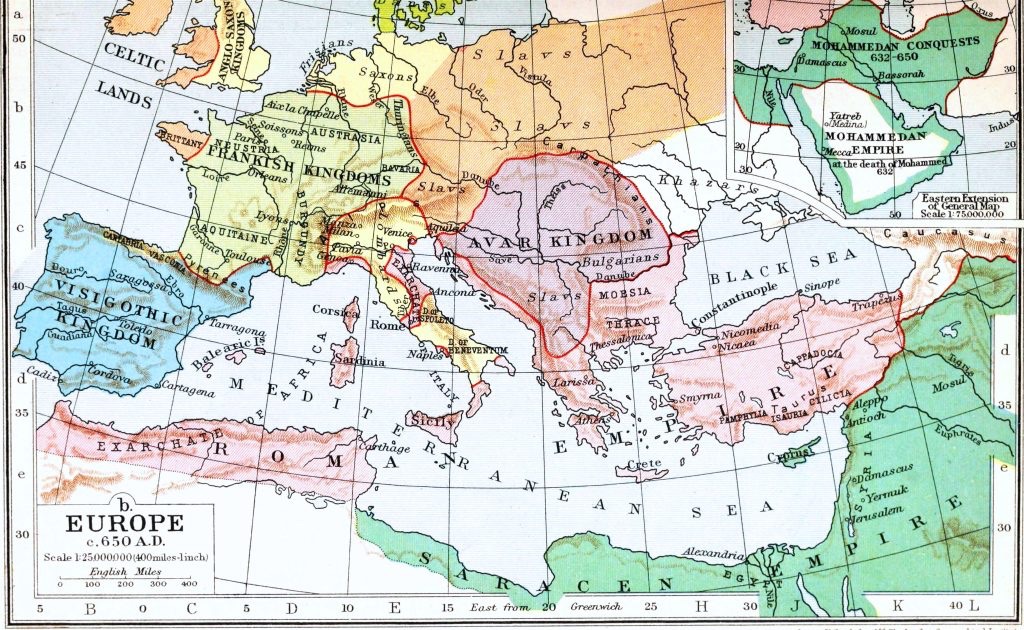
The High Middle Ages (11th to 13th Century)
Social, political, and economic developments
The high Middle Ages were ripe with change in Europe. New farming techniques boosted food production. This led to population growth. Towns expanded, and trade flourished. This gave rise to a new class of merchants and artisans.
Kings and nobles held less control as cities gained independence.
Political systems shifted. They gave more power to ordinary people.
On the social front, the High Middle Ages saw the rise of universities. Learning and literature began to spread more widely.
It was during this time that the foundation for parliaments and governing bodies was laid. Social structures became more complex. They were no longer limited to feudal lords and their serfs.
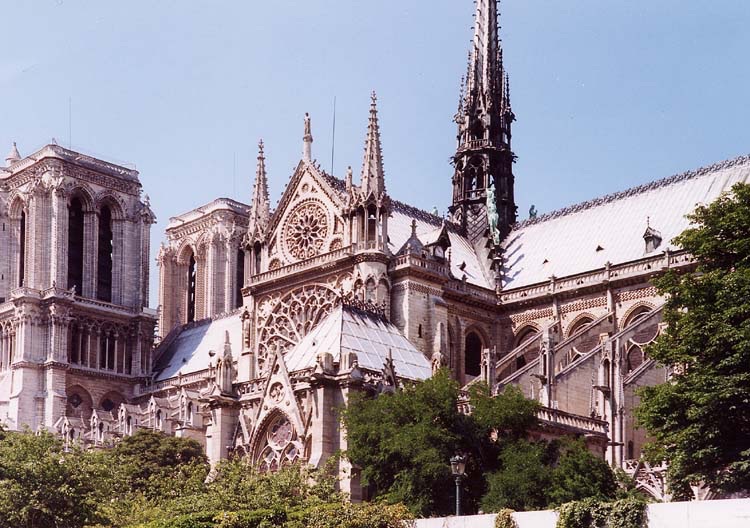
The flowering of medieval art and culture
This period is often hailed for its advancements in medieval art and culture. Cathedrals soared to new heights with impressive Gothic architecture. Stained glass windows and detailed sculptures adorned these places of worship.
Literature and poetry flourished, too. Tales of chivalry and romance captured the imaginations of many.
Historians also marked the high Middle Ages with the rise of nations. It was a time when cultural identities began to form.
Medieval music evolved as well, with new instruments and compositions. Art became a way to express the era’s spirit. It was a clear sign of vibrant growth.
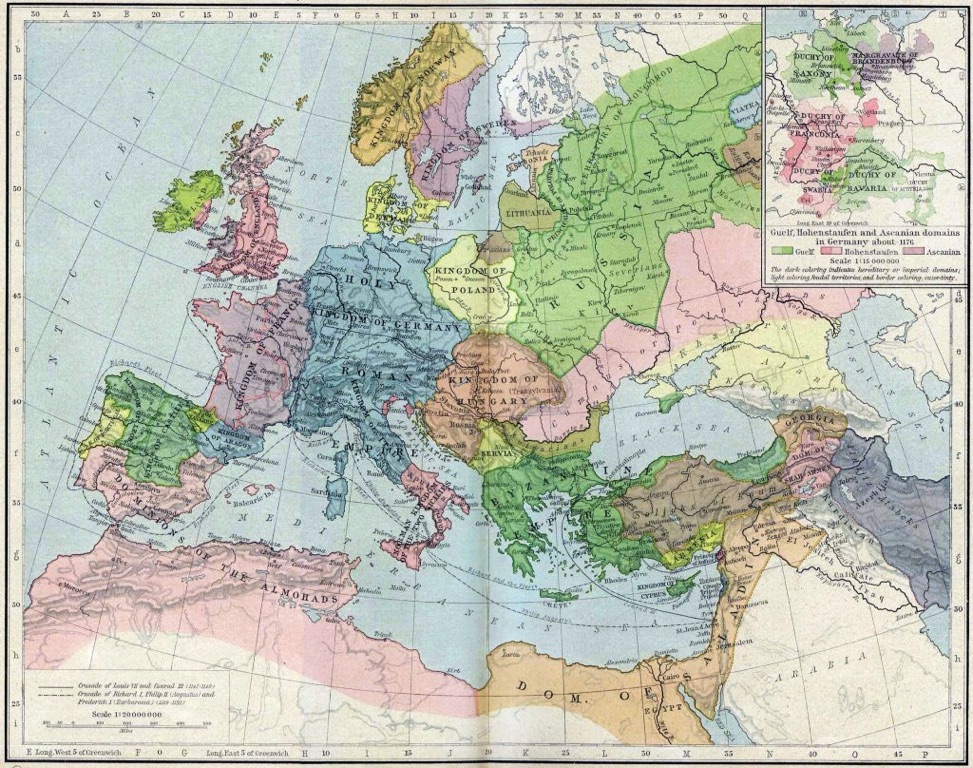
The Late Middle Ages (14th to 15th Century)
Challenges: Plague, war, and schism
Despite the progress, the late Middle Ages had its share of troubles. The black death, or plague, killed millions. War ravaged lands and peoples.
The Hundred Years’ War between England and France disrupted many lives. The church faced a schism. This divided people’s spiritual loyalties. Despite these hardships, this tough time also set the stage for profound change.
The precursors to the Renaissance
As the 15th century approached, the tides began to turn. The middle ages were coming to a close. The seeds for the Renaissance were sown.
Europe’s focus shifted to humanism. There was a renewed interest in the arts and sciences. This period’s trials had paved the way for a rebirth. Ideas, art, and knowledge were set to bloom.
The medieval era was ending, but it left a lasting legacy. It prepared Europe for one of its most remarkable periods: the Renaissance.
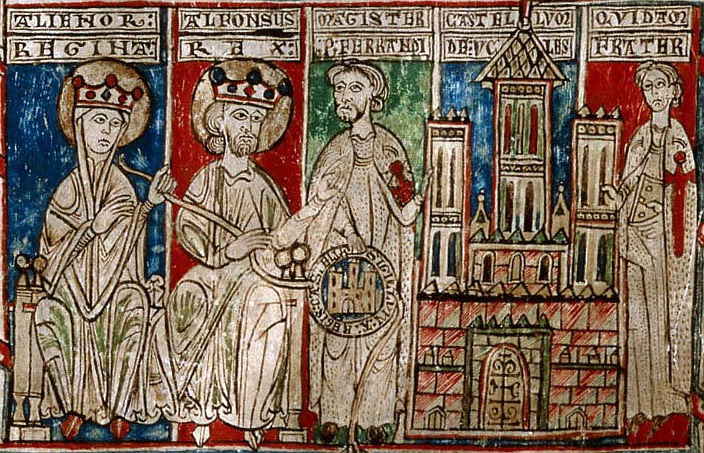
Daily Life in Medieval Europe
The lives of different social classes: peasants, nobility, and clergy
Medieval Europe was made up of various social classes. Peasants made up the largest group. They farmed the land and served the nobility. Life was hard and work was tough for them.
Next came the nobility. They owned land and ruled over the peasants. They lived in castles and were busy with politics and managing estates.
Then there were the clergy, or church leaders. They held great power over spiritual and sometimes worldly matters.
Education was mostly for the nobles and clergy. This left most peasants with few chances to learn. Daily life varied greatly based on where you stood on this social ladder.
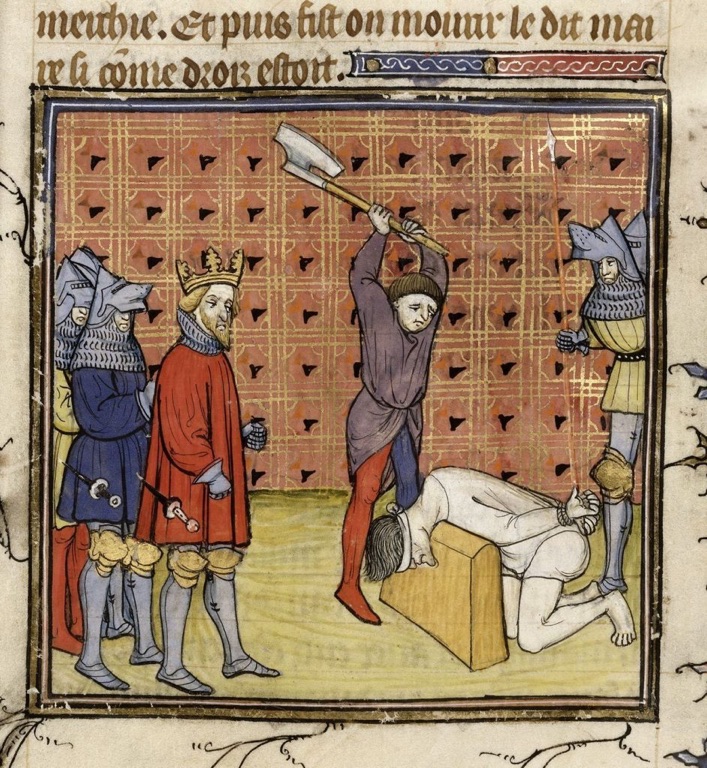
Medieval women: Roles and representations
Medieval women had different roles, often based on their class. Noblewomen could own land and run estates.
However, most women did not have such rights. They took care of families and homes. Some became nuns and devoted their lives to the church.
Women worked in fields alongside men, too. They rarely held power, but they were essential to medieval society. Art often showed them as mothers, saints, or temptresses. Yet, these images barely scratched the surface of the true depth of their lives.
Medieval Achievements and Legacies
Innovations in technology and architecture
The medieval period was a time of great innovation. New farming tools improved agriculture. This meant people had more food and the population grew.
Mighty castles and grand cathedrals were built. They remain symbols of medieval architecture’s grandeur. This was when the pointed arch and flying buttress changed how buildings were made. Their designs still inspire awe today.
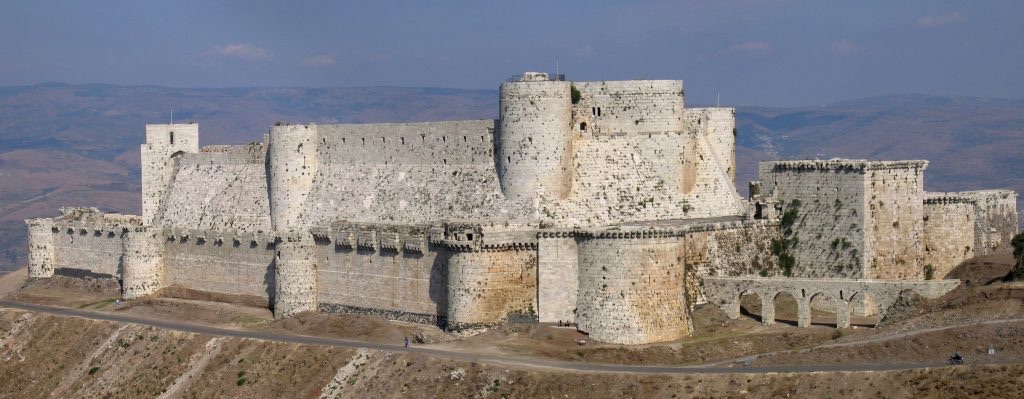
The enduring influence of medieval culture on modern Europe
Medieval culture has shaped modern Europe in countless ways. Gothic cathedrals still dominate skylines.
Events like jousting tournaments enthral people as reenactments. Tales of knights and chivalry from the middle ages time period influence books and movies. Plus, many laws and government systems have roots in medieval times.
The impact of the medieval period is embedded in Europe’s soul. It’s a legacy that will always be part of its history.
Conclusion: The Medieval Heritage
Reassessing the ‘medieval meaning’: Beyond the myth of a stagnant era
The medieval times are often wrongly dubbed ‘stagnant’. We now see how dynamic the era truly was. Great advancements were made in learning, art, and society.
Life in the middle ages was not simply a dark period to endure. It was rich with growth and creativity. Castles, cathedrals, and literature from this time still impress us.
These achievements urge us to reassess the medieval meaning. It was more than just a time of knights and feudal battles. It was a period that laid the foundations for the modern world.
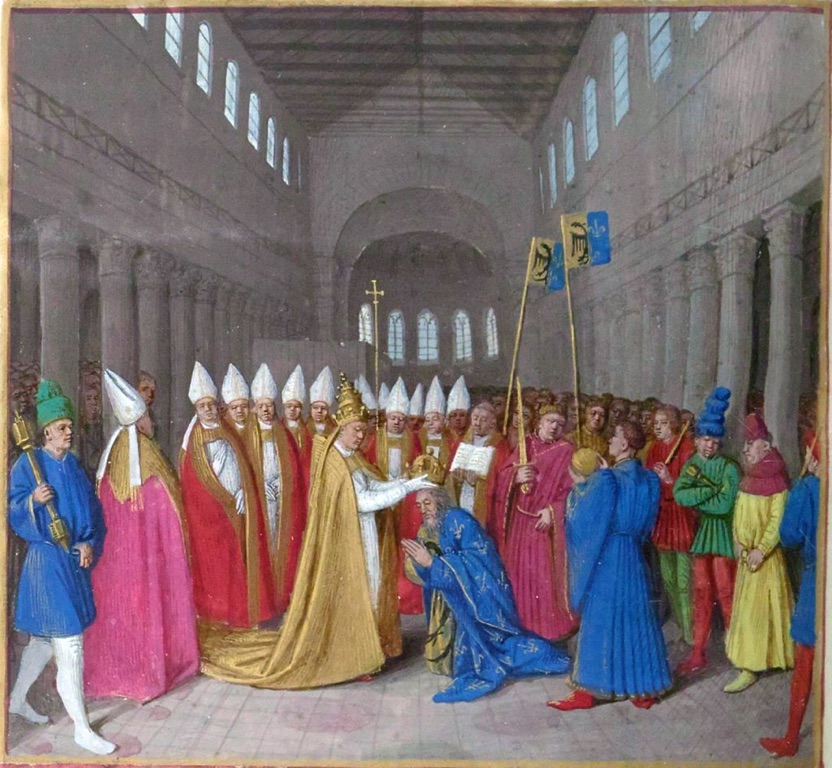
The Middle Ages as a significant period of human history that shaped the modern world.
The middle ages span a thousand years of human history. This time shaped the world we know today in profound ways.
Thinkers of the medieval era preserved and expanded knowledge. Their work led to the scientific advancements we rely on now.
The medieval period also saw the formation of borders and nations. This defines the modern political map.
Laws and social systems that began back then continue to influence governments worldwide. The fabric of the modern world is woven with threads from the middle ages. They are impossible to remove, as they form the patterns of our society today.
The medieval heritage is a tapestry of humanity’s journey. It spans from the fall of Rome to the spark of the Renaissance. The essence of the Middle Ages can be found in our laws, buildings, and thoughts.
The age of knights, nobles, and peasants has passed. Yet, the spirit of that time lives on. It thrives in the art, traditions, and cultures it helped to shape.
The Middle Ages was a profound era of transition. It’s where the ancient world met the modern. This time period will forever hold a significant place in the story of human history.
For further reading and to validate the information presented in this article, the following sources are recommended:

